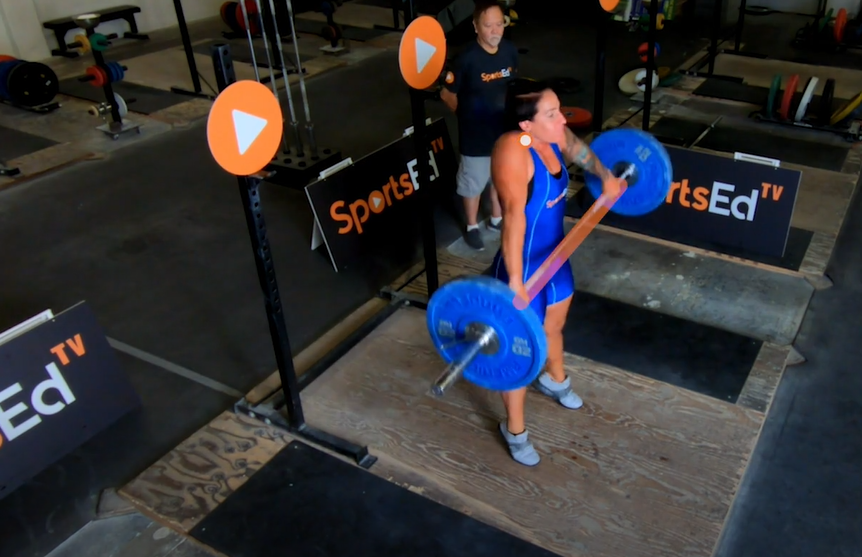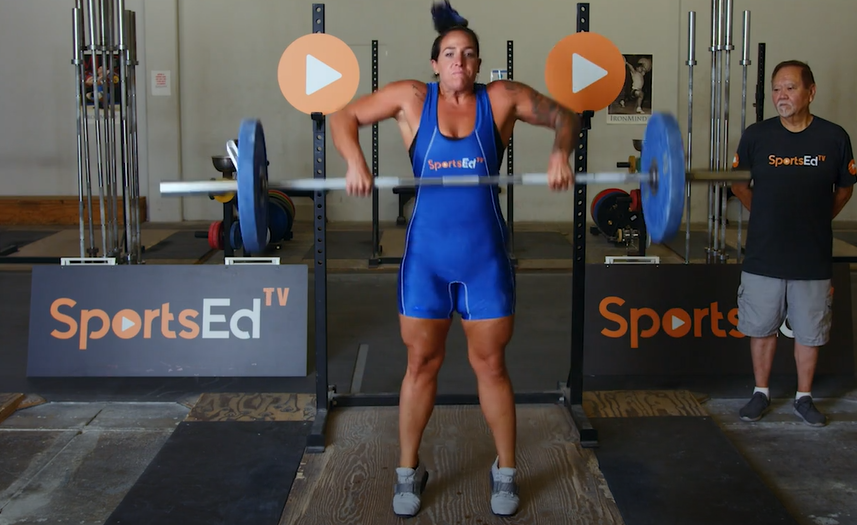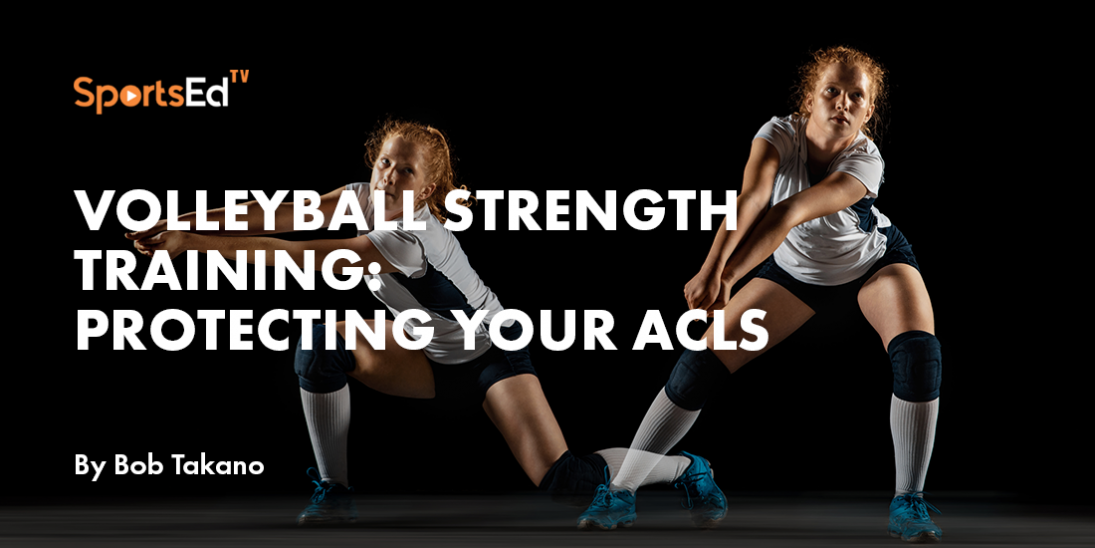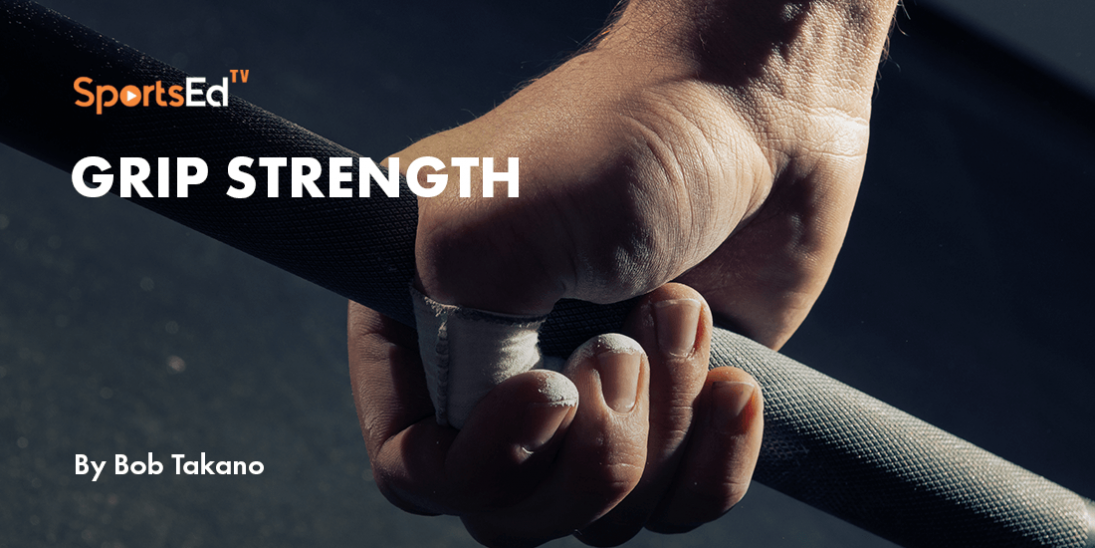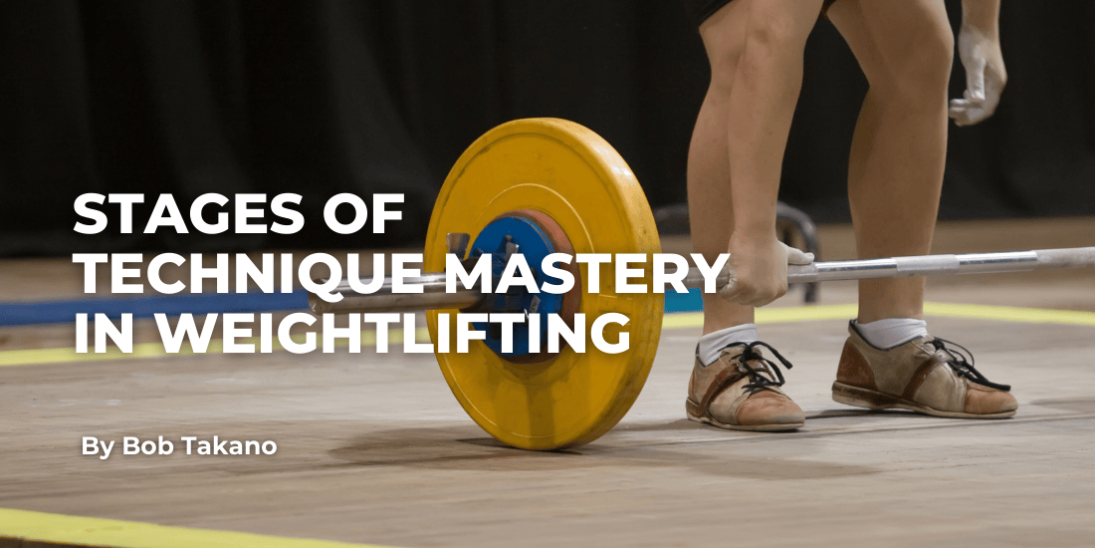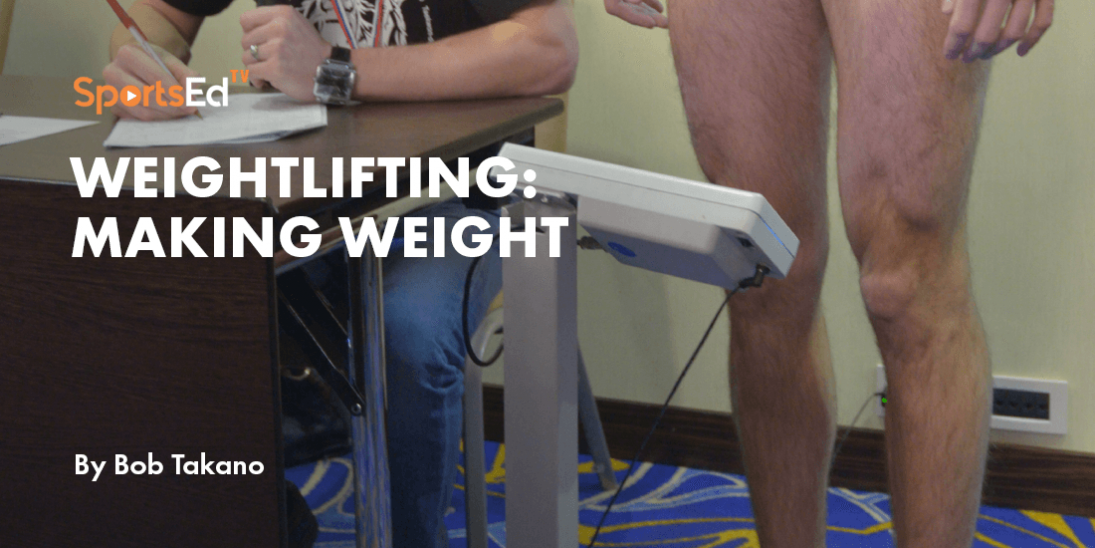Weightlifting
Welcome and thanks for visiting...

Extensions vs. High Pulls: Which is Best for Weightlifting Training?
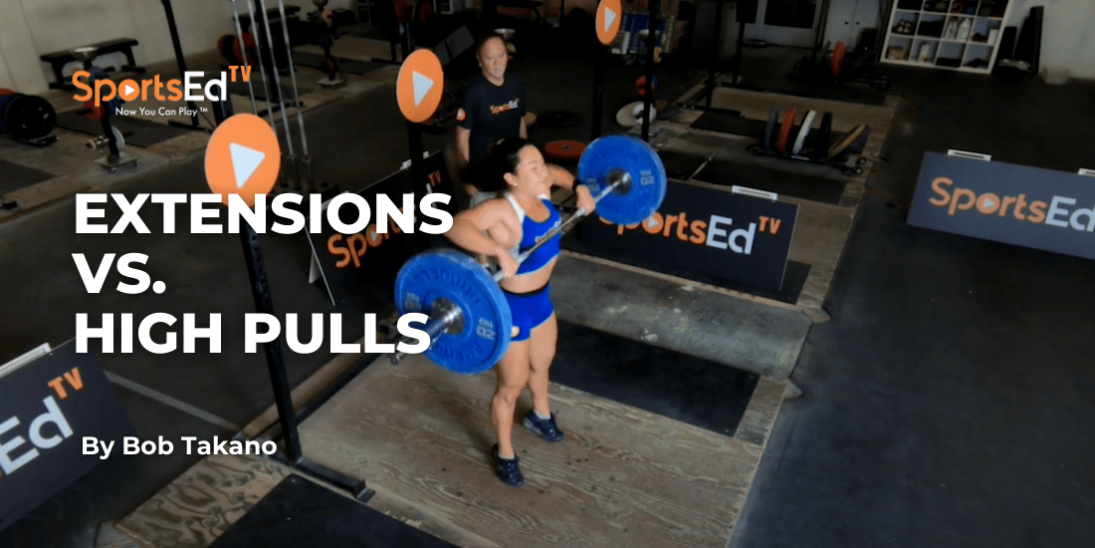
The Role of Pulls in Weightlifting
Pulls are an important part of weightlifting training programs. They provide additional volume and load without impacting the nervous system as much as the classic lifts. They can be performed every training day, especially during the mesocycle preparation, and they provide opportunities to polish the pull technique. There are two variations, however, and each provides a different emphasis.
What Are Extensions in Weightlifting?
Extensions are performed without any bending of the elbows, although the shoulders do shrug.
Key Segments of Extensions
Extensions require the following segments:
- First pull
- Shift to Power Position
- Hip and knee extension and plantar flexion of the ankles
- Shrug
What Are High Pulls in Weightlifting?
High pulls require elbow flexion, although the best way to do this is to emphasize raising the elbows. Performing a shrug is inevitable if the elbows lift to the side.
Click for Snatch Extension Video
Key Segments of High Pulls
High pulls require the following segments:
- First pull
- Shift to Power Position
- Hip and knee extension and plantar flexion of the ankles
- Arm pull and shrug
When to Use Extensions in Training
Extensions are most helpful for athletes who have a tendency to lift the bar too quickly during the first pull. I always tell my athletes who have this tendency to think of pushing the floor down with their feet.
Benefits of Extensions
- Helps control bar speed during the first pull
- Encourages full extension of the hips, knees, and ankles
- Aids in maintaining spinal rigidity during the clean
- Prevents the center of pressure from shifting too far toward the heels
When to Use High Pulls in Training
High pulls emphasize full hip and knee extension along with plantar flexion of the ankles. They also strengthen the arms for rapid elbow flexion at the top of the movement. While this flexion may not significantly increase bar speed, especially in the clean, it is crucial for maintaining a proper bar path.
Click for Clean High Pull Video
Benefits of High Pulls
- Reinforces full extension of the hips, knees, and ankles
- Develops arm strength for rapid elbow flexion
- Supports proper bar pathway in the clean
- Naturally incorporates a shrug for added upper-body activation
Reps and Sets for Extensions and High Pulls
Extensions:
- Perform in sets of 2-5 reps
- Use 3-5 sets depending on whether it is a preparation or pre-competition mesocycle
- For athletes with weak first pulls, perform extensions while standing on blocks
High Pulls:
- Use the same rep and set scheme as extensions
- Can be performed off blocks if the top portion of the movement needs improvement
How to Integrate Pulls Into Your Weightlifting Program
Both exercises are valuable components of weightlifting programming and should be incorporated as athletes progress through different weight classes. They refine pulling technique while also building strength and power.
Best Time to Perform Pulls in a Workout
- Perform pulls after snatches, power snatches, cleans, and/or power cleans
- Consider using straps to prevent grip fatigue, as pulls are typically performed later in the session
By strategically incorporating both extensions and high pulls, weightlifters can enhance their technique, improve bar path consistency, and build overall pulling strength for better performance in Olympic lifts.


